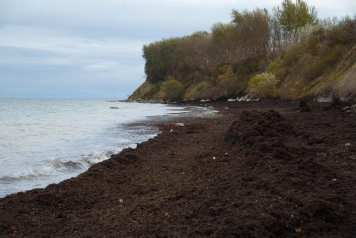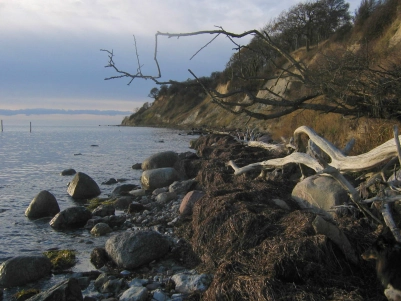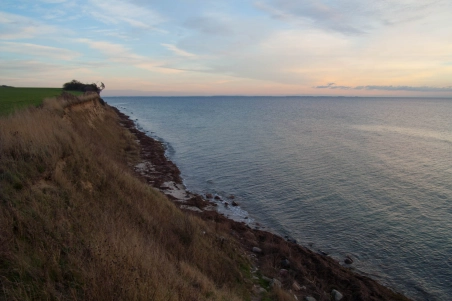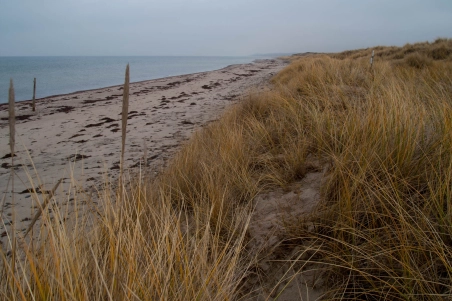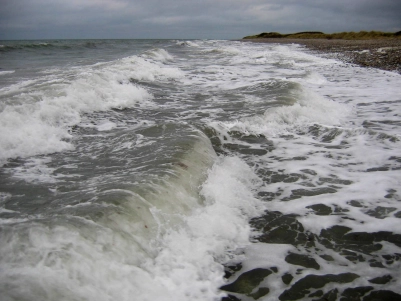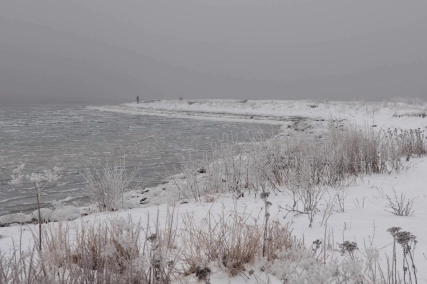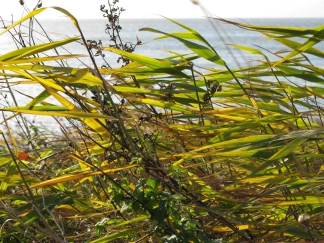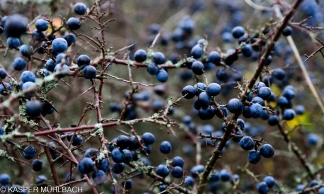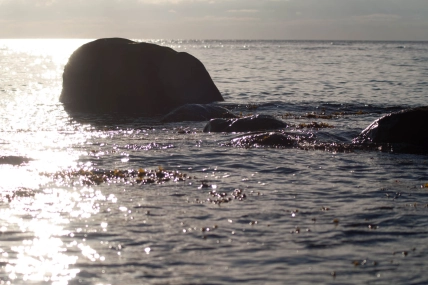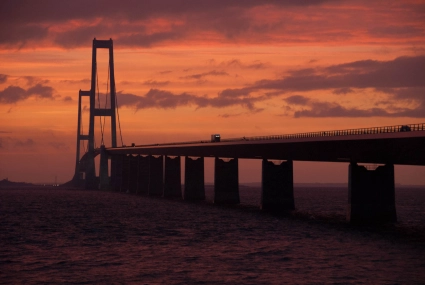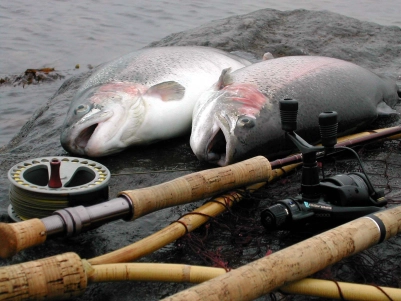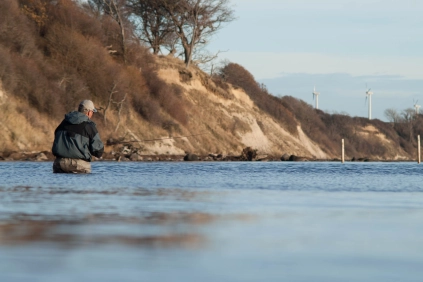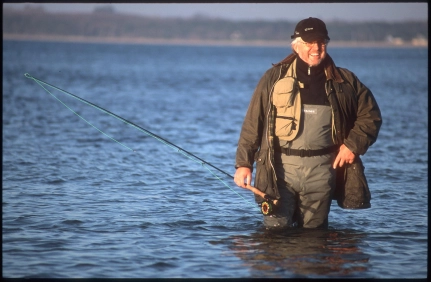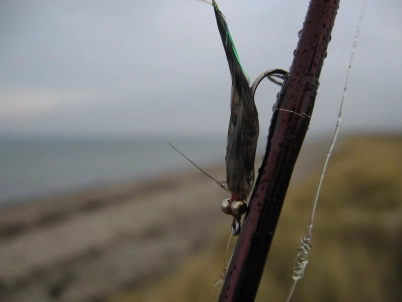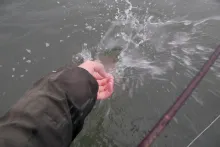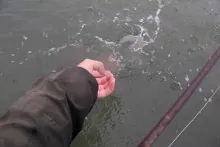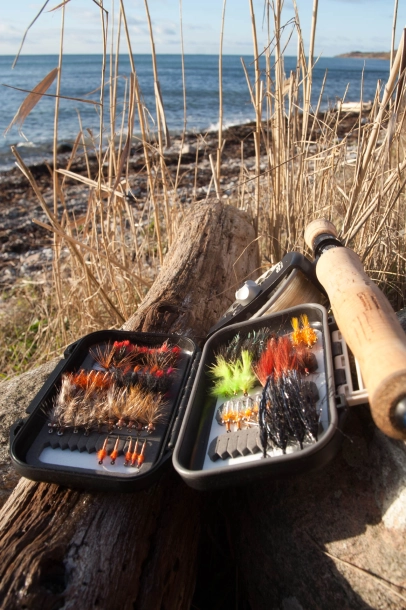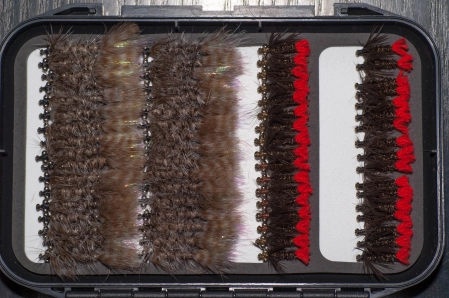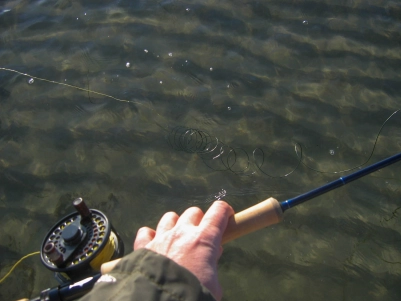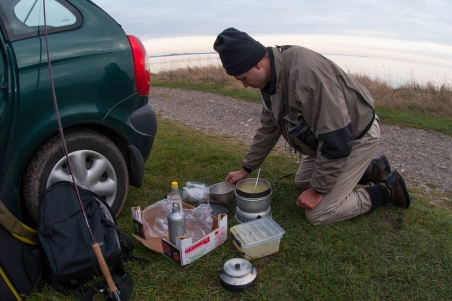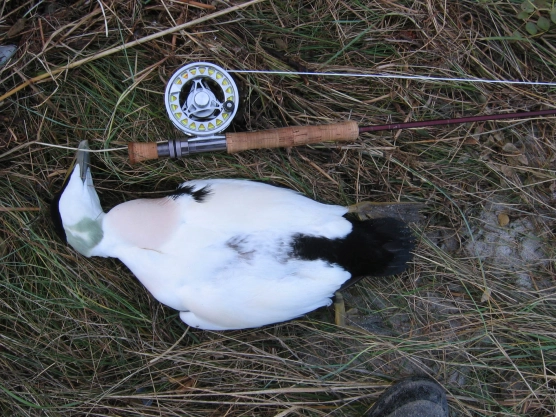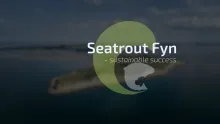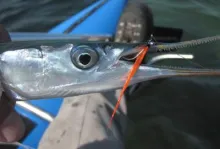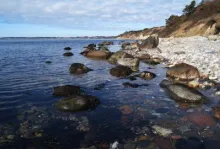A small gallery of images from November and December on the Baltic coast, showing the ambiance during these last months of the year
The Danish poet Henrik Nordbrandt wrote a poem in 1983. It goes like this:
December, January, February, March, April
May, June, July, August, September
October, November, November, November, November
This poem quite well illustrates how many in the northern hemisphere feel about the last couple of months in the year. August and September are fine. Late summer, early autumn and usually the weather is fine, perhaps even with a bit of Indian summer and sun and heat. October is bearable and once December comes, lights are turned on and candles are lit and warmth comes from other things than the air.
But in between comes that dreaded month, November. Not warm at all. Not really cold. Certainly not light and maybe even windy and wet. Some, like Nordbrandt, feel that it never ends. Things seem to come to a halt, and in the Baltic region, coastal fishing in particular is slowing after those oftentimes fantastic months September and October. The fish are heading for the streams, the days are short, dark and cold and mostly you just want to stay indoors and wait for the arrival of April and May.
But reality is that both November and December can offer some excellent fishing. Dress well, synchronize your trips with the weather report and fish the right places with the proper flies and gear, and you can be rewarded with fine fishing.
Personally I have actually always considered January and February the most dreadful months on the Danish coast. They are typically even darker and colder, but that's a whole other story.
This little gallery serves to illustrate what kind of experiences can be had on the Danish coast during the last couple of months of the year.
Martin Joergensen
Coastal fishing in the last part of the year may mean that you run into smaller fish as well as colored fish. Both kinds are protected and must be released. But some sea trout skip spawning and roam and hunt the coast during the winter. These fish are bright and chrome, and if you want to keep a fish for the pan, this is what you want. Medium size fish also skip spawning, and often run in larger schools. We call them "Greenlanders" and if you bump into a flock of those, you are in for some fun. And they also offer good eating if you are so inclined.
Fly choice is a matter of personal taste. I haven't changed my fly selection much in the last couple of months of the year, but staid with my trusty Frede's and Red Tags plus a few other patterns. We are well into the cold part of the year, and sometimes you need something bright to get the fish moving. Orange, pink and red can be the key, but some anglers swear by chartreuse or white.
Being prepared for the rough conditions is a key to having a nice time. Dress well and bring something nourishing and hot to eat and drink. Black coffee might be nice enough, but tea with sugar and lemon or hot chocolate will give much more energy. And cooking or heating a meal on the beach can be a lifesaver. Eating something warm in a break will give you renewed and much needed energy.
Using the proper gear is a key to relaxing too. Don't go too heavy. I prefer a 5 or 6 weight with a shooting head. use a supple line if available. The low temperatures will make most lines stiff as clock springs. Also remember that handling line can be hard and cold, so maybe skip the thinnest and finest shooting lines.
Martin Joergensen
Conditions can be rough this time of year, for man as well as beast. Once fishing on my native island with my good friend Jens, we bumped into this dead male eider duck on the ground. Recently deceased and very fresh and clean, it was lying on the ground as a clear white spot in all the withering gray/olive/green grass. I still wonder why I didn't bring it with me and skinned it for fly tying. The white and rosy feathers were beautiful, and eiders are known for their plumage, which is thick, soft and warm. On this specimen it obviously wasn't enough with warm feathers. Its life ended before the year did. Maybe it had lived through four consecutive and dreadful Novembers...
- Log in to post comments

